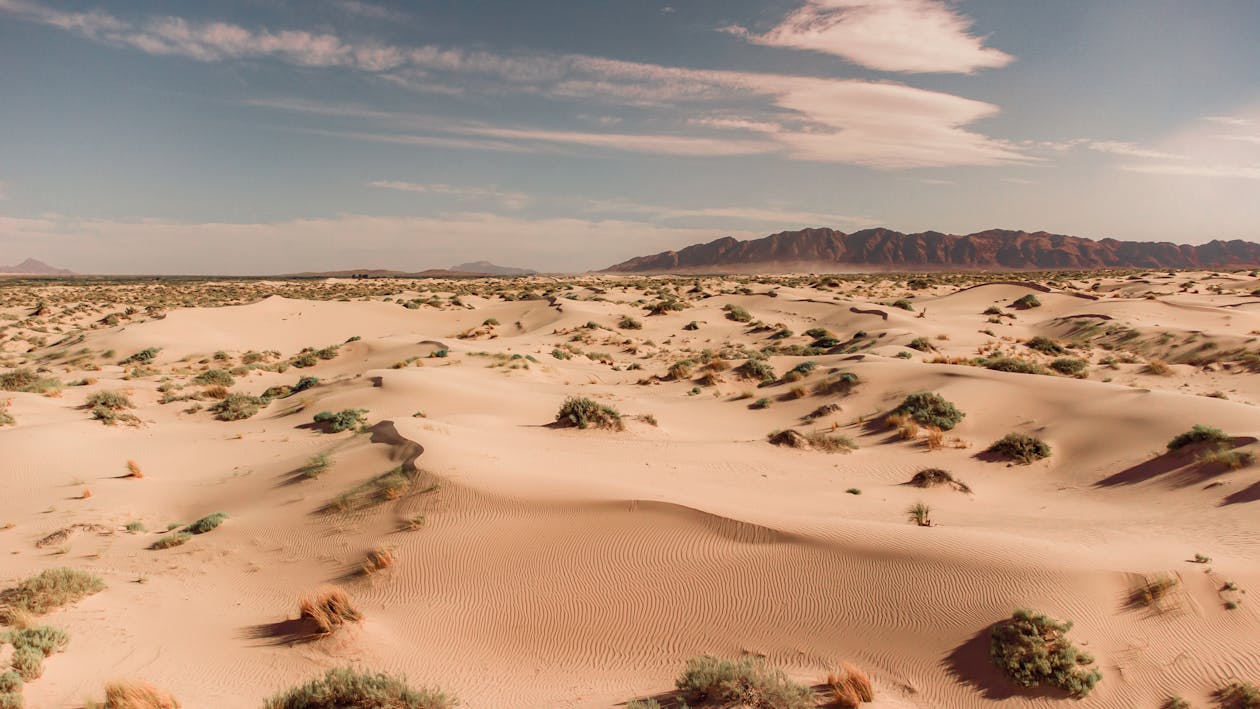
Suited for the Season: How to Stay Hot When It's Not
The temperature is dropping, the kids are back at school, and the leaves are slowly changing color. You know what that means? Cold weather is approaching…It’s time to push the lighter material suits to the back of the closet and bring out the Winter suits!
Don't know how to pick out a Winter suit? Suits Outlets is here to help! When looking for a winter suit there are a few key things to consider. The big three are Fabrics, Colors, and Styles.
WINTER SUIT FABRICS
You want to stay warm when the weather starts to get colder. Choosing heavier fabrics will keep you warm and protect you from the environment. We would recommend fabrics like Wool, Tweed, and Flannel.
-
The Wool Suit
Wool is a common and versatile material. You can have wool hats, shirts and sweaters, coats and, of course, suits! Wool can even be made into other fabrics. Wool is a natural insulator, so it will keep you warm while still being able to breathe.

-
The Tweed Suit
Tweed is a more traditional winter material. It's known to be warm and durable. Tweed is made from wool, so it has the same warming elements. However, Tweed is naturally water-resistant, making it ideal for the fall and winter weather.

-
The Flannel Suit
Flannels are pretty popular in the fall and winter. Flannel is soft and warm and can be made with either wool or cotton. The fuzzy texture that flannel has makes it breathable while keeping the heat in. Flannel can be worn in both formal and casual settings.

FALL AND WINTER SUIT COLORS
It’s great to have some suits in the staple colors, like black, navy, or charcoal. However, just because the winter is prime time for darker hues does not mean you can’t also have a little fun with color. Give some of these colors a try!
-
Burgundy
Burgundy is a mature shade of red. It's a deep red with hints of purple or brown. Burgundy suits and accessories can add class to your look, allowing you to stand out sophisticatedly.
-
Hunter Green
Hunter Green is a darker green with a blue undertone. It reminds us of nature and is ideal for Fall and Winter. Hunter Green suits and accessories can add a subtle uniqueness to your look.
-
Cognac
Cognac is a popular Fall and Winter color. It's a rich shade of brown with golden undertones. Cognac is most known for being the color for leather goods. However, suits are being made in that color more and more every day. Cognac suits and accessories bring a warm luxurious feel to your look.
-
Purple
Although Purple is a secondary color, it has always been associated with royalty. Purple has a wide range and can be light, like lavender, or dark, like aubergine. The lighter shades of purple can be seen as playful, it brings a fun aspect to your look. While the darker shades bring a serious tone to your look.
![COLOR BLOCKS [BURGUNDY,HUNTER GREEN, COGNAC, PURPLE]](https://cdn.shopify.com/s/files/1/1874/2805/files/Untitled_480x480.png?v=1726512670)
WARM WINTER STYLES
Laying your clothes in colder weather conditions is a must! Layering helps you stay warm and comfortable while staying stylish. Double-breasted suits and Three-piece suits are the ideal winter suits for this reason. If you can master the art of layering, you can stay comfortable and ready for whatever winter throws your way.
- Three Piece Suit
The Three-Piece Suit is the epitome of layering. The vest underneath the jacket is the perfect way to stay warm without making your suit look bulky. An additional plus is that the vests usually have adjustable straps, so you can wear your vest snugly to your body, keeping you warm. And if you're indoors and outdoors, the jacket can be removed and your look will still be polished.
- The Double Breasted Suit
The Double-Breasted Suit offers more warmth than a normal suit due to the fabric overlapping on the jacket. Double-breasted suits used to be worn as leisure sports jackets, as we discussed in Single-Breasted Suits vs Double-Breasted Suits. So they were designed to block out the wind and keep you warm. The peak lapels usually featured on the suit can also be turned up to protect your neck.








Leave a comment
This site is protected by hCaptcha and the hCaptcha Privacy Policy and Terms of Service apply.